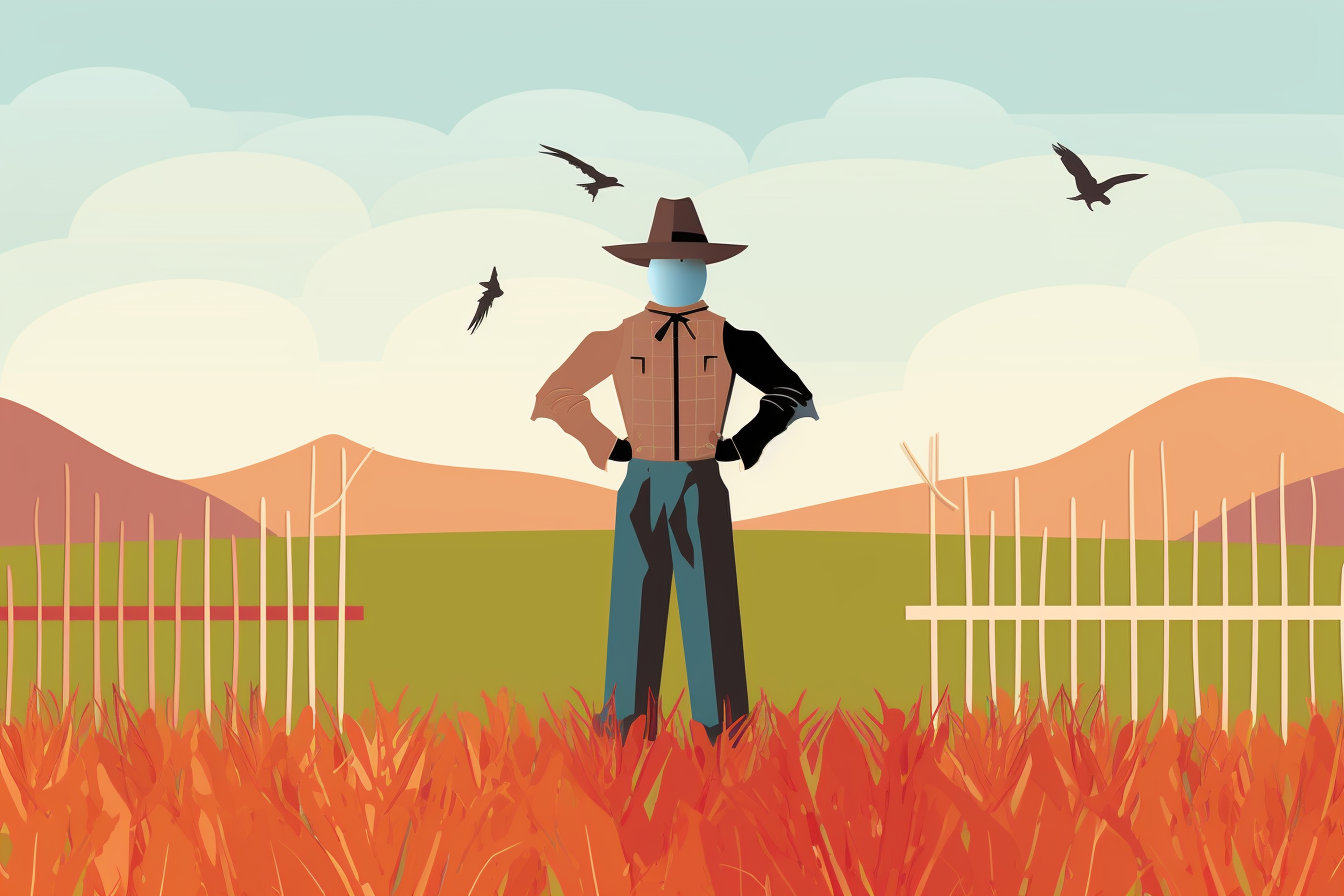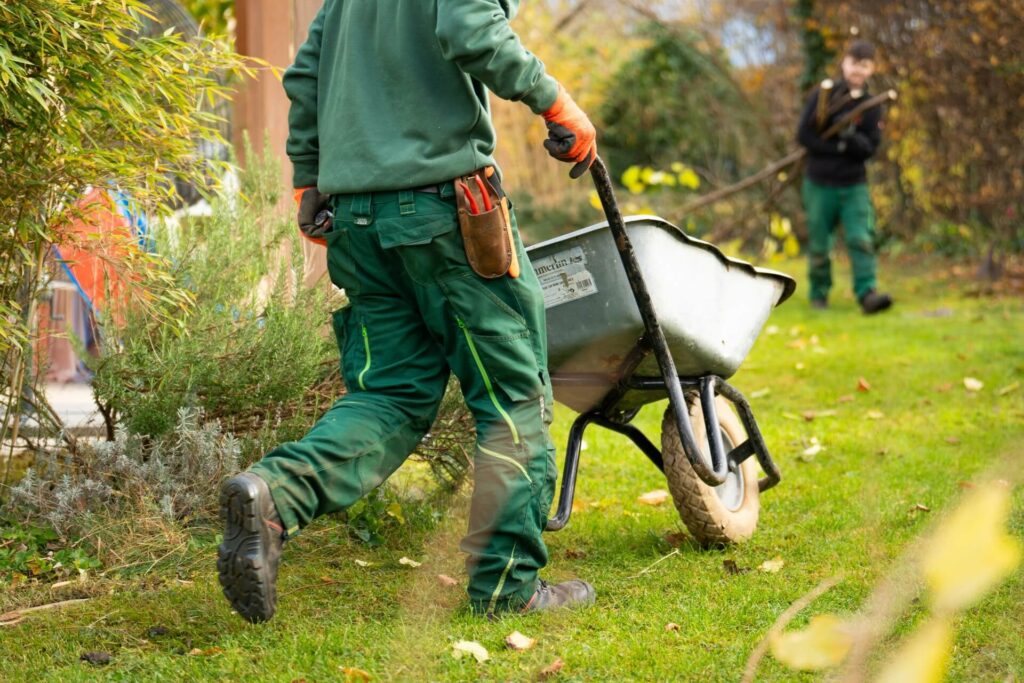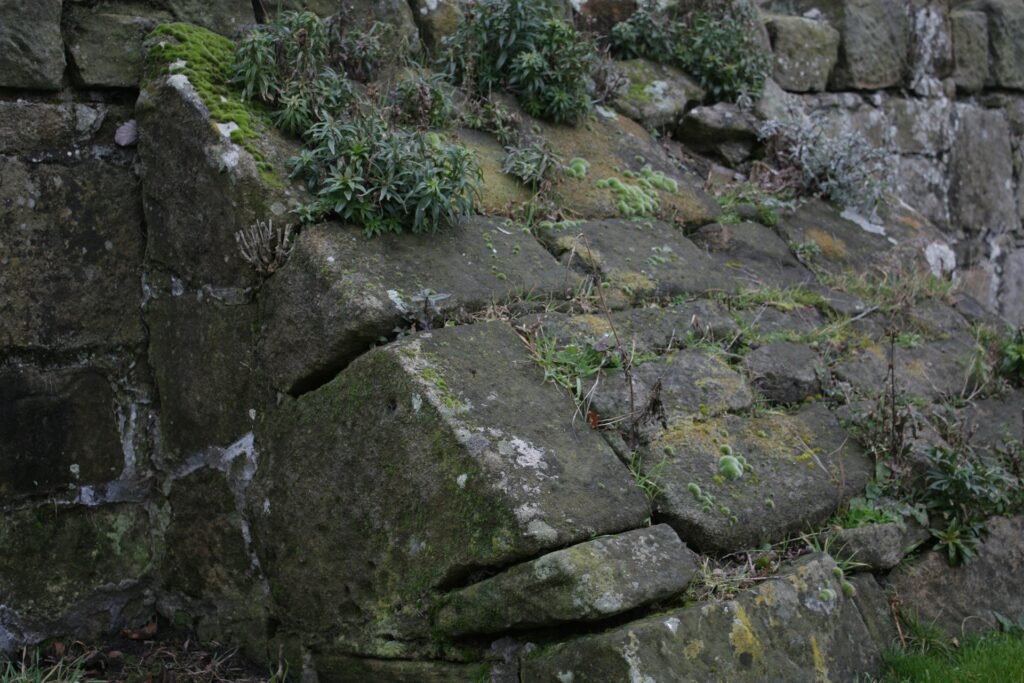
We are reader-supported. When you buy through links on our site, we may earn an affiliate commission.
As autumn settles in, fields become dotted with familiar figures — scarecrows. They’ve been a staple of harvest season for millennia. Farmers used them as practical tools to keep crows and other birds away from their crops.
Now, these soft statues are more than just a tool, but a symbol. You’ve probably seen them everywhere — from farms to front porches — showing that fall is around the corner. People use scarecrows as decorations to get into the spirit of the season.
But as you assemble these quirky figures with the family, you may wonder “Do scarecrows really work?” Or are they simply a charming tradition that stuck around?
The Birth of the Scarecrow
The first recorded use of scarecrows dates back to ancient Egypt. The Egyptians would hang tunics and nets on reeds along the Nile to ward off the birds that threatened their harvest. Soon, the practice spread beyond Egypt.
In ancient Greece, farmers began placing wooden statues of the fertility god Priapus in their fields to scare away birds. The Romans later adopted this method. They fashioned statues of their gods to serve the same purpose. As the Roman Empire expanded across Europe, so did scarecrows.
European farmers adapted the scarecrow, using straw-stuffed clothing mounted on poles with gourds or turnips for heads. These figures, sometimes linked to the boogeyman myth, served a dual purpose. European scarecrows deterred birds and kept curious children out of the fields.
Meanwhile, Japanese farmers created “kakashi,” their own version of scarecrows. These figures were often dressed in raincoats and hats and placed in rice fields to protect the crops from sparrows. At the end of the harvest, they burned them in the fields.
When European immigrants settled in North America, they brought the tradition of scarecrows with them. The classic image of the straw-stuffed man with a gourd for a head became an iconic symbol of the American farm.
However, following World War II, the rise of chemical pesticides largely replaced scarecrows as a primary means of protecting crops. Today, while no longer essential for farming, scarecrows remain a beloved symbol of the harvest season, often used as festive fall and Halloween decorations.
Over time, scarecrows became widespread across different cultures, and each adapted the concept to suit their needs.
Are Scarecrows Effective?
Traditionally, scarecrows were designed to keep crows and other birds from feasting on newly planted seeds or ripening crops. While the idea might seem effective, crows are highly intelligent and adaptable creatures.
Over time, they quickly learn that a stationary scarecrow poses no real threat. As a result, farmers have found that scarecrows provide only temporary deterrence before crows and other birds grow accustomed to them.
Today, farmers have moved beyond the straw-stuffed figures. Farmers now use innovative strategies to keep crows and other animals at bay — from drones to lasers. These modern scarecrows are more effective.
Although scarecrows may no longer be the first line of defense for protecting crops, they remain a beloved fall decorative item for many.
4 Modern Scarecrows
Traditional scarecrows have largely been replaced by more advanced and effective deterrent methods.
1. Laser Scarecrows
The laser scarecrow system is one of the most exciting developments. Developed by scientists at the University of Florida and the University of Rhode Island, these devices utilize beams of light to startle birds. The best part is that the device doesn’t harm the birds.
These lasers can sweep across a cornfield, scaring crows away without the need for loud noises or labor-intensive patrols. In tests, these lasers reduced bird damage by more than 20% during the brief ripening window of crops like sweet corn.
2. Acoustic Bird Repellents
An acoustic bird repellent uses computer vision to detect birds in real time and emits a sound only when necessary. These sounds mimic predators or bird distress calls, in an attempt to scare pests away.
Trials in pear orchards using this tech showed a significant drop in bird damage — down by half compared to areas without the system. This method prevents birds from getting used to constant, familiar noises such as those from older sound-based systems.
3. Propane-Powered Noise Guns
Propane-powered noise guns are still a popular choice for larger fields. These devices randomly fire loud bangs to scare off birds and prevent them from settling in the area.
However, while effective, this method can be disruptive to neighboring communities. It’s often recommended for farms in more remote areas where noise pollution isn’t as much of a concern.
4. Reflective Ribbons and Motion-Activated Sprinklers
If you’re looking for quieter options, reflective ribbons and motion-activated sprinklers can also work. The former catches the light and creates sudden flashes that could make birds uncomfortable and fly away.
Similarly, motion-activated sprinklers startle birds with a burst of water when they approach crops. These devices are effective for smaller gardens and fields and are both humane and environmentally friendly.
Using a Scarecrow
Scarecrows have been around for centuries. While modern technology has introduced new ways to keep birds at bay, the humble scarecrow is still relevant. Whether you’re a farmer with acres of crops or a family with a garden, a well-placed scarecrow can still make a difference.
For Farmers
For farmers, scarecrows are an affordable and customizable way to deter birds. Adding modern touches — like attaching reflective tape or incorporating motion — can make the scarecrow even more effective.
Some farmers use inflatable scarecrows or ones that make noises to create an element of surprise. While high-tech solutions like laser scarecrows may be more effective for large-scale farming, scarecrows still play a role in smaller fields or farms with limited budgets.
For Families
For families, building a scarecrow can be a fun, hands-on activity that doubles as garden protection. Scarecrows can be decorated in creative ways to look more like garden art while keeping pesky birds away from vegetables or flowers.
Adding elements like wind chimes or colorful scarves can enhance their effectiveness and create a playful atmosphere. Plus, scarecrows are a fun fall symbol that doubles as a staple decorative item.
Scarecrows Work
Scarecrows work to a certain extent, as shown throughout history. Modern developments have made them an even more viable inclusion in your field. Granted, creating and putting them up yourself is also its own form of fun. Deter the birds and keep your space safe.
For more helpful tips, follow us on Facebook to hear all the latest news in the home living space.
Original Publish Date 8/26/2022 — Updated 10/7/2024







